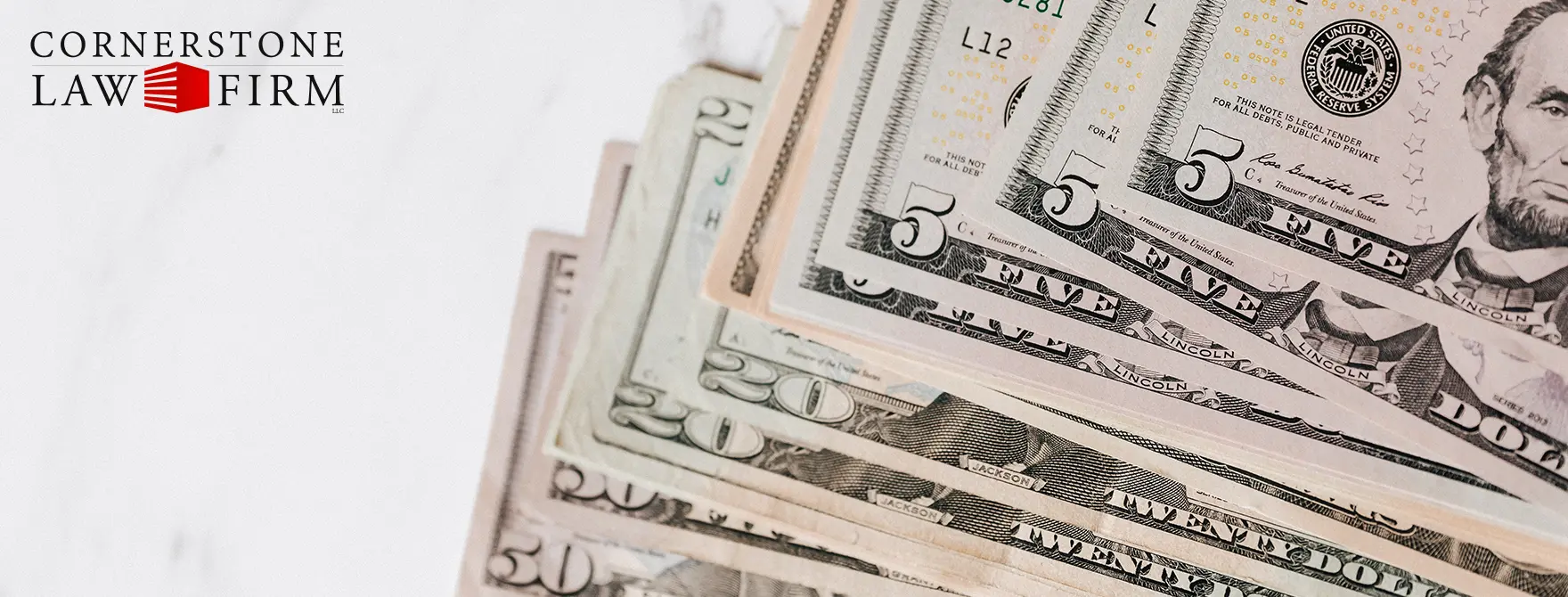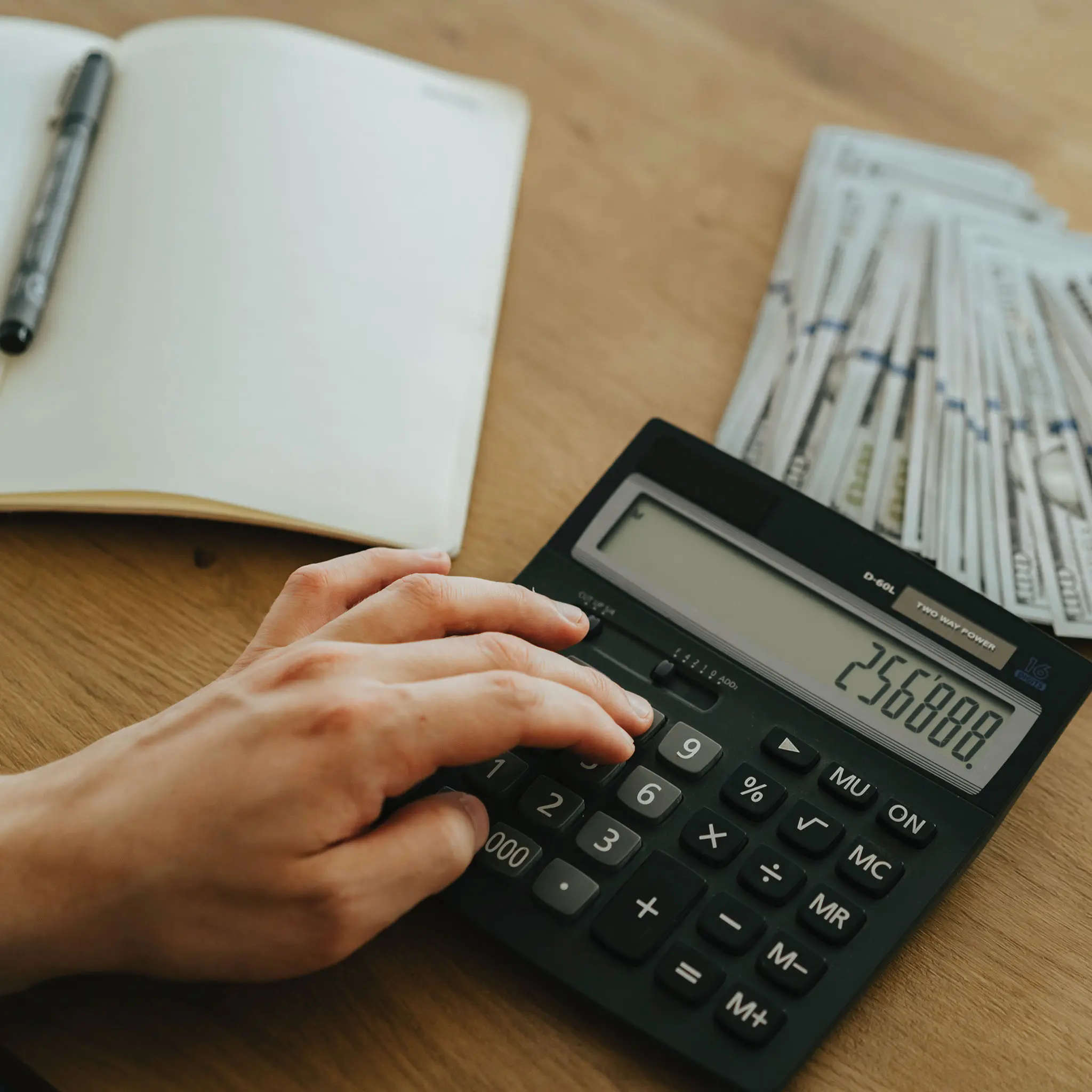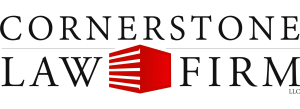
What is a Chapter 13 Bankruptcy Plan?
A “Chapter 13 Plan” is a bankruptcy option made available to certain creditors to reduce their debts and ensure that they pay off as much of their debt as possible while getting a fresh start in their financial life. The Chapter 13 plan is named for Chapter 13 of the U.S. Bankruptcy Code. It requires that a debtor has a regular income. It authorizes a trustee to reorganize their debts, consolidate them, and create a payment plan to repay a portion of their debts over a three to five-year period in exchange for having no debt at the end of the process. This type of bankruptcy is often referred to as a “wage earner’s plan.”
A Chapter 13 bankruptcy begins with the filing of a petition and a proposed repayment plan with the bankruptcy court. The plan outlines how the filer intends to repay their debts and is subject to the approval of the court.
How a Chapter 13 Plan is Calculated
The Chapter 13 plan payment is calculated based on several factors, including:
- the filer’s disposable income,
- the amount of their unsecured debts,
- and the value of their assets.
Disposable income is determined by subtracting allowable living expenses from the filer’s current monthly income. The amount of unsecured debts (such as credit card debt or medical bills) are also taken into account. The value of the filer’s assets, including real estate, vehicles, and personal property, is used to determine the debtor’s ability to repay debts.
In general, the Chapter 13 plan payment is based on a filer’s ability to pay, rather than the amount owed to their creditors. The plan then requires the filer to pay a portion of their disposable income to a Chapter 13 trustee (a government-appointed individual with power over the debtor’s finances during the bankruptcy process) who will then distribute the funds to the creditors. The length of the plan will depend on the filer’s income and the amount of their debts, but by law, it will be no longer than five years.
Debts Not Covered by a Chapter 13 Plan
It is important to note that not all debts can be included in a Chapter 13 plan. Some types of debts, such as child support, alimony, and certain tax debts, must be paid in full. Secured debts, such as mortgage or car loans, may be paid through the plan, but the filer must continue to make payments directly to the lender.


What Happens after a Chapter 13 Plan is Approved
Once the Chapter 13 plan is approved by the court, the filer must make the required payments to the trustee on a regular basis. The trustee will use the funds to pay the creditors according to the terms of the plan. If the filer successfully completes the plan, the remaining unsecured debt may be discharged, meaning they will no longer be responsible for repaying it.
Chapter 13 plans are usually only chosen by a debtor because they are ineligible for the more favorable Chapter 7 bankruptcy. It is important to consult with a bankruptcy attorney in determining how to file.
In Conclusion
In conclusion, the Chapter 13 plan is a way for individuals with a regular income to reorganize their debts and repay them over a three to five-year period. The Chapter 13 plan payment is calculated based on the filer’s disposable income, the amount of their unsecured debts, and the value of their assets. The filer must make the required payments to the trustee on a regular basis. If they successfully complete the plan, the remaining unsecured debt may be discharged.
If you or a loved one are considering bankruptcy, contact the attorneys at Cornerstone Law Firm to schedule a consultation and learn about your options for starting fresh.
